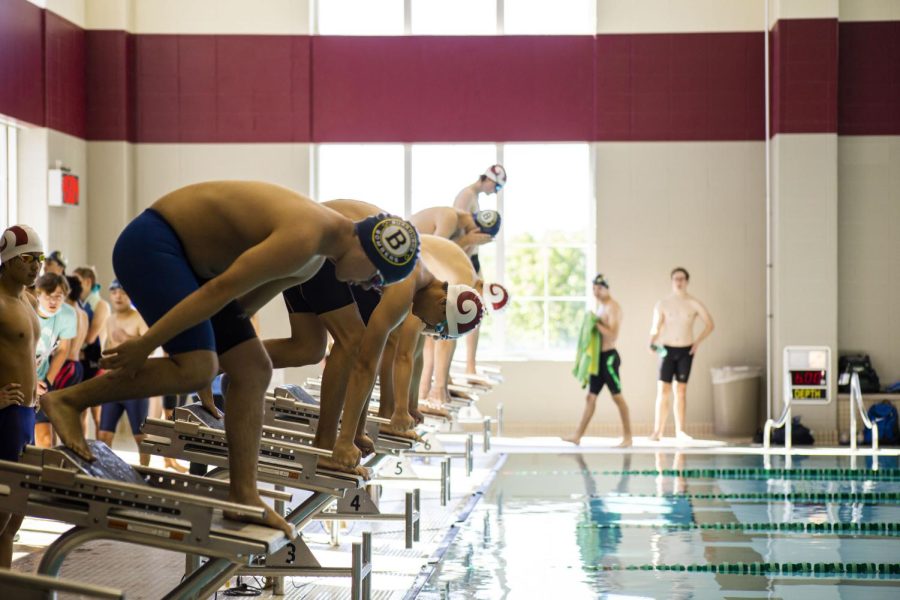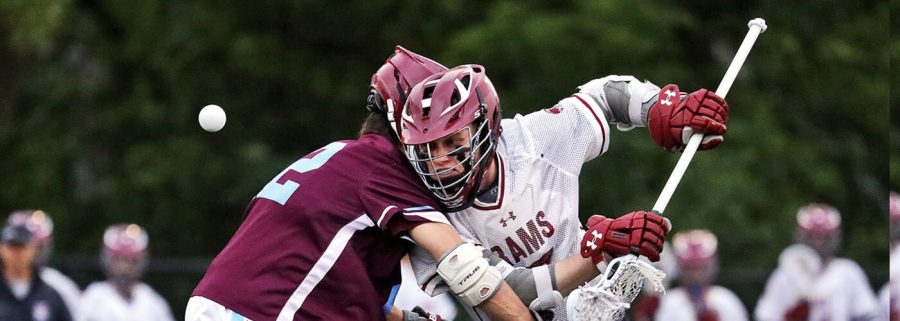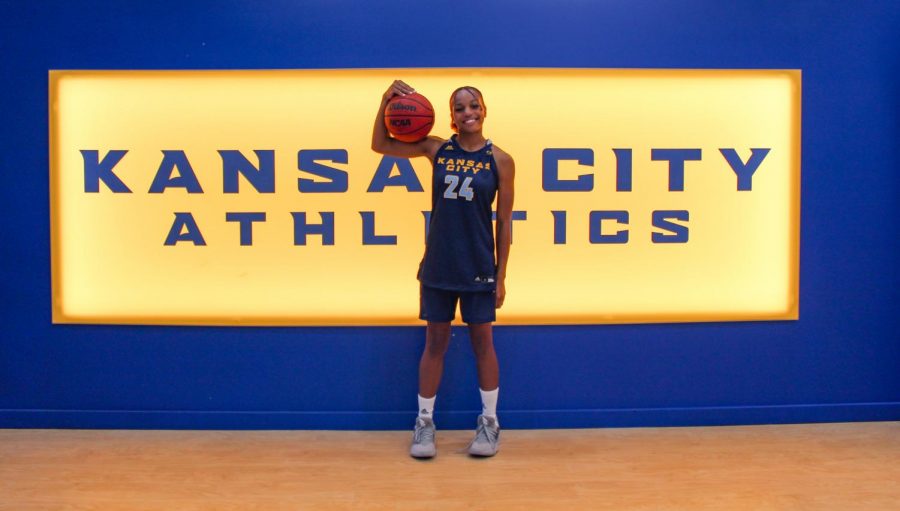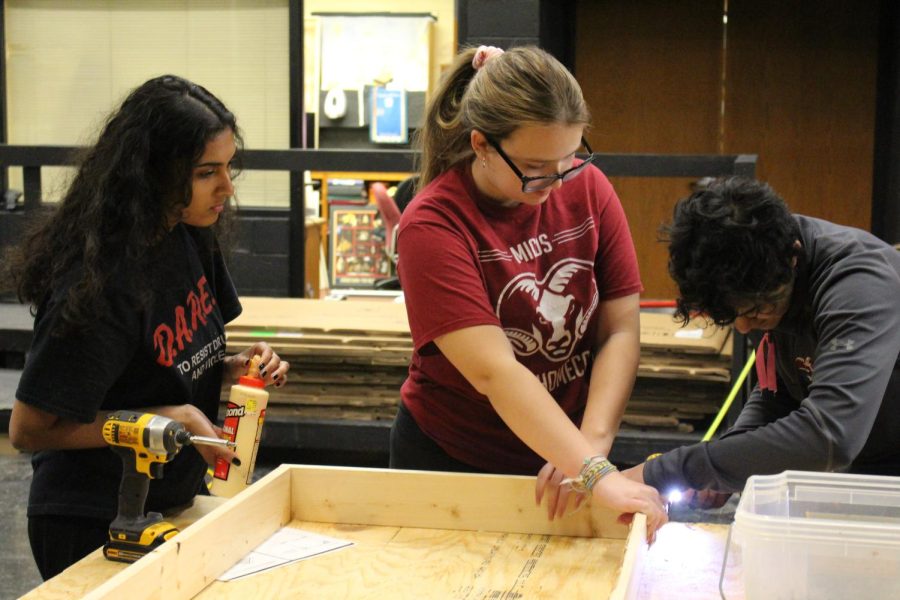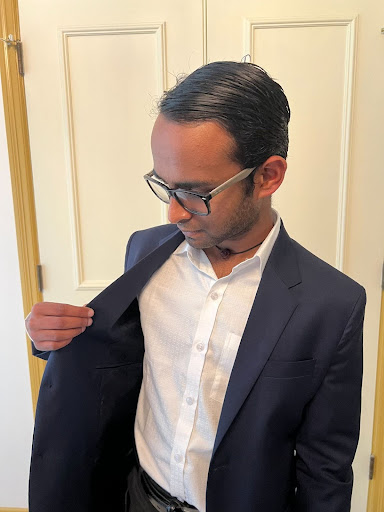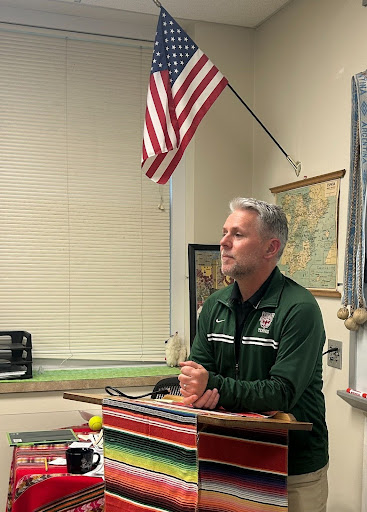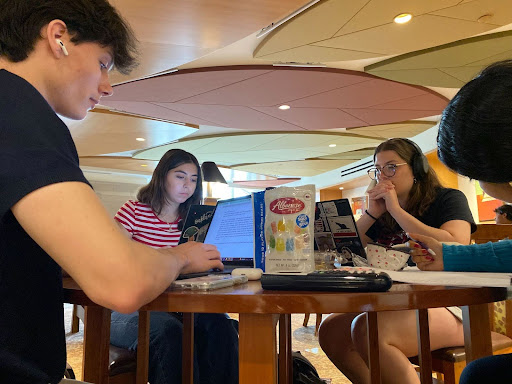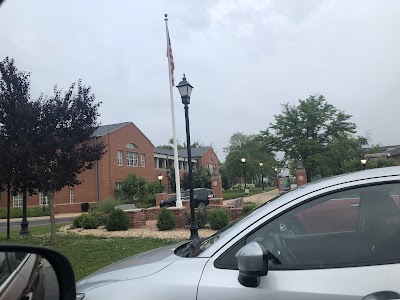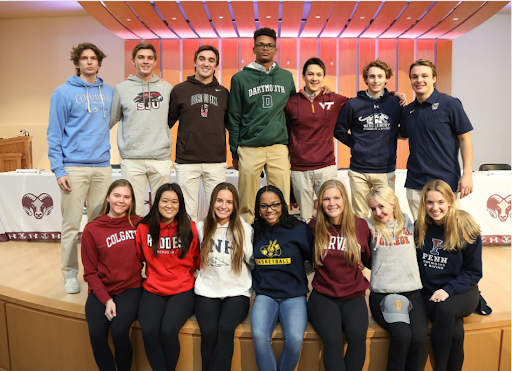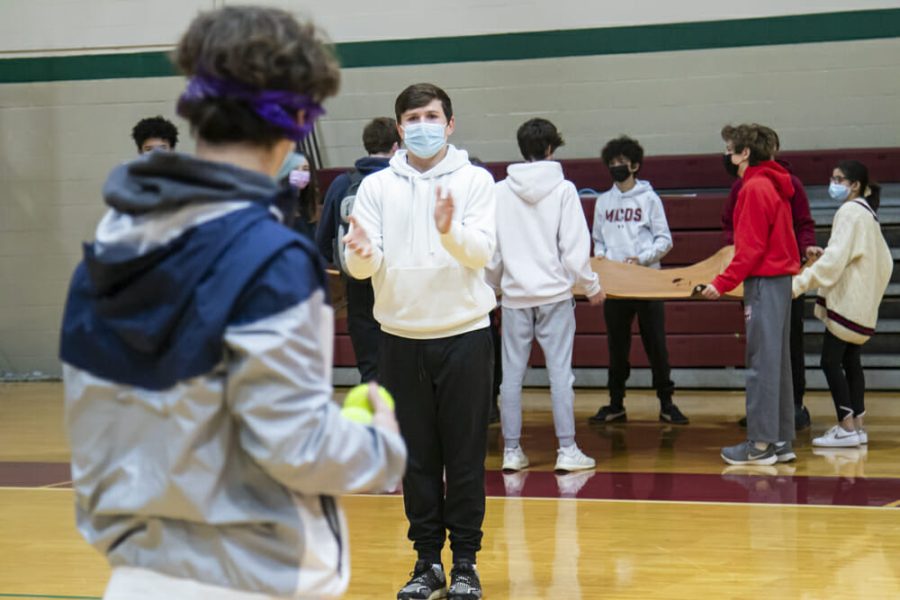Pursuing Athletics in College
D1 vs. D3: Does Division Really Matter?
May 23, 2022
May 1 : National College Decision Day–the deadline for high school seniors to finalize their college choice. While this deadline is the one impacting the vast majority of college-bound seniors, students planning on continuing athletics in college are often on an accelerated college decision timeline, making decisions about where they’ll attend and complete in the fall of their senior or earlier.
For example, MICDS senior Lee Naber and John Burroughs senior Niko Theodos both committed to college to continue their swimming careers. Although they swam on the same club team for most of their lives, their college experiences will differ in a variety of ways because one is going to complete in Division I college athletics, while the other has opted to swim at a Division III college.
Although many students believe that swimming for the more competitive and faster Division I school is always the best option, in an interview with these two athletes, they presented alternate viewpoints.
Lee Naber, a Division I Virginia Tech commit, stated that although his school provides “an elite level of training around top-tier athletes,” some Division III private institutions “provide more money in grants and aid.”
Swimming is an interesting sport because unlike football, baseball, or basketball, for all but a slim number of swimmers, there is not a chance of their sport being a future career, with the Olympics only providing careers in the sport to a handful of swimmers.
Therefore, college is the end of the road for most swimmers, so it is the last chance for them to make an impact on the sport.
Niko Theodos, who committed to Kenyon College, a Division III school, said that one of the main reasons he committed was to be a “bigger part of a smaller program and to further [his] education because [he] did not see a large future in swimming.”
These two swimmers choosing between a larger, more time-consuming Division I school and a smaller Division II school with more rigorous academics represent a microcosm of what many athletes around the country and world have to balance each year: a future in their sport or more dedication to their education.
When asking Lee why he wanted to continue his sport at a highly competitive level in college, he summed up his situation perfectly, saying “If you aren’t the best in the nation you know there isn’t a future for you, but at the same time the sky’s the limit and you shouldn’t let your imagination hold you back.”

